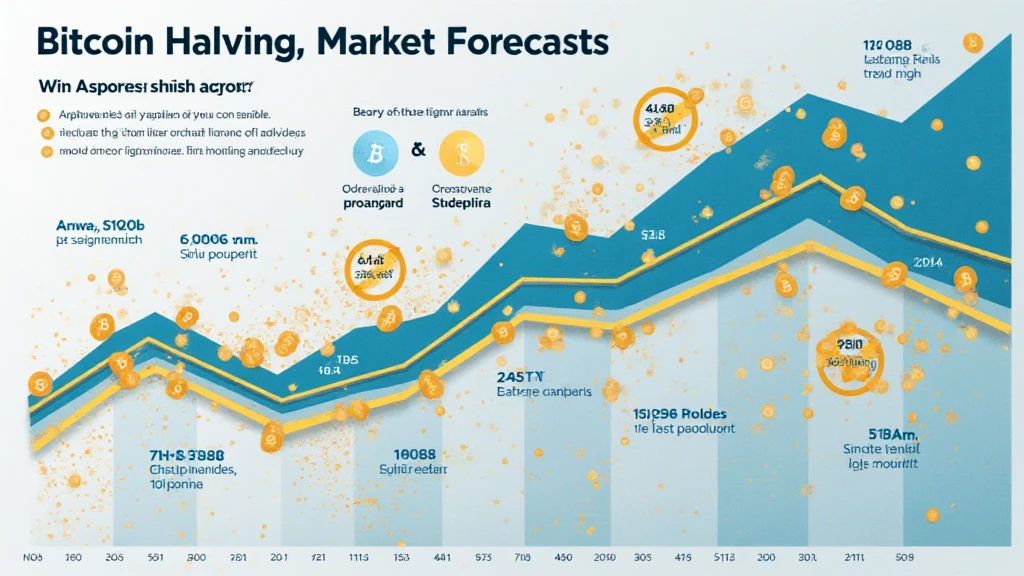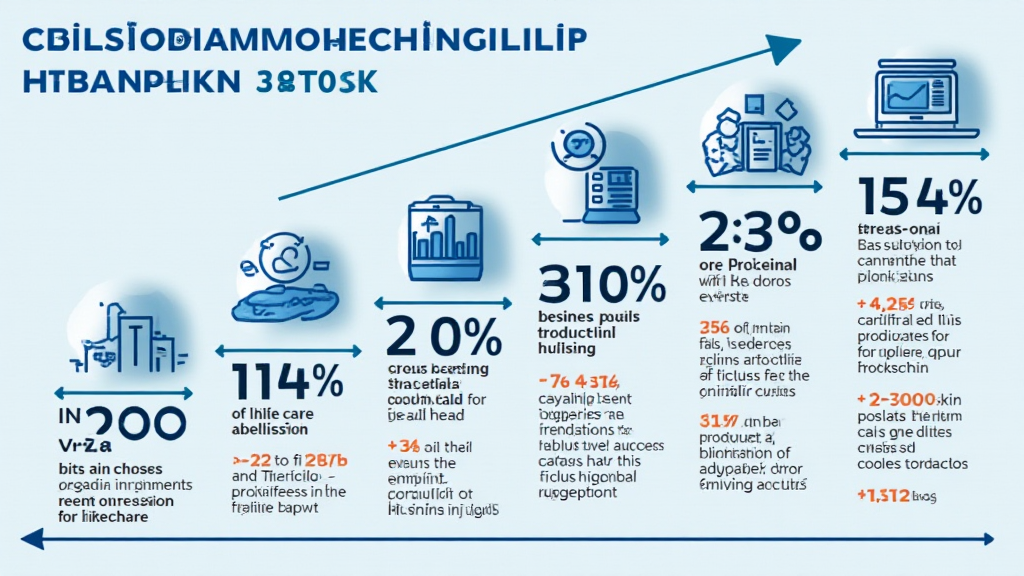Understanding Bitcoin Halving
Bitcoin halving is a significant event in the cryptocurrency landscape. Approximately every four years, the reward for mining Bitcoin blocks is halved, which reduces the number of new bitcoins generated and thus impacts the supply. This event has historically had a profound effect on Bitcoin’s price and the overall market sentiment.
The History of Bitcoin Halving Events
- First Halving: November 28, 2012 – Block reward reduced from 50 BTC to 25 BTC
- Second Halving: July 9, 2016 – Block reward reduced from 25 BTC to 12.5 BTC
- Third Halving: May 11, 2020 – Block reward reduced to 6.25 BTC
After each halving, Bitcoin experienced substantial price increases, often leading to unprecedented market forecasts as traders and investors adjusted their strategies based on these supply changes. According to historical data, the price of Bitcoin surged significantly within 12-18 months post-halving.
The Implications for Market Forecasts
Given the historical trends surrounding Bitcoin halving, market forecasts inevitably hinge on these events. Analysts often study past price movements following halving to predict future trends. Here’s how halving can influence market forecasts:

- Supply and Demand Dynamics: As the supply of new Bitcoins decreases, demand may increase, leading to higher prices if market interest continues to trend upwards.
- Investor Sentiment: The anticipation of halving often surges interests and speculative activity, further inflating Bitcoin’s price as traders gear up for potential profit.
- Comparative Analysis: Evaluating previous halvings can yield insights into future price action, although it’s crucial to account for differing market conditions and external factors.
Case Study: 2020 Halving Effects
Post the 2020 halving, Bitcoin saw its price soar from around $8,000 to nearly $64,000 in the following year. The surge was attributed not only to the halving itself but also to the increased institutional adoption and macroeconomic factors, such as inflation concerns. If these patterns hold, the next halving in 2024 could set the stage for similar bullish trends.
Forecasting the 2024 Halving Event
The upcoming Bitcoin halving in 2024 is already being met with anticipation in the crypto community. Market analysts are making forecasts based on previous patterns, but what do they actually indicate?
Analysts’ Predictions
- Potential Price Increase: Many analysts project that Bitcoin could reach new all-time highs, potentially surpassing $100,000 within a year post-halving.
- Increased Adoption: With the proliferation of cryptocurrency in developing markets such as Vietnam, where user growth rate is surging, the demand for Bitcoin might escalate.
- Broader Market Reactions: Altcoins could also experience bullish momentum as Bitcoin leads the pack, allowing investors to capitalize on emerging cryptocurrencies.
The Role of Institutional Investors
Institutions are increasingly showing interest in Bitcoin, seeing it as a hedge against inflation. This trend could potentially drive prices higher post-halving as more institutional funds flow into Bitcoin.
Investment Trends
Areas to watch may include:
- Exchange-traded funds (ETFs) related to Bitcoin gaining traction as investment vehicles.
- DeFi projects that create avenues for institutional investors to engage with Bitcoin, such as lending and yield farming solutions.
Opportunities can also arise from innovative blockchain projects emerging in response to the heightened interest in the blockchain ecosystem. For example, the Vietnamese market shows promising growth, signaling the potential for new players entering the scene.
Why Local Markets Matter
The Vietnamese cryptocurrency market has seen impressive user growth rates due to rising interest in blockchain technology. Understanding local market behavior can be crucial to successful investment strategy. The coexistence of traditional finance and a burgeoning crypto landscape offers a unique set of opportunities and challenges for investors.
Vietnam’s Crypto Ecosystem
- Growing user base: An increase of over 20% in Vietnamese crypto users in the past year indicates a vibrant ecosystem.
- Increased Regulatory Clarity: Local banks and financial institutions are starting to collaborate with crypto firms, creating a more supportive environment.
Conclusion: Preparing for the Next Halving
As we look forward to the next Bitcoin halving, it is essential for investors to remain informed and adaptable. Historical data suggests bullish momentum could follow, yet individual strategies must account for broader market conditions. Whether you are a seasoned trader or new to cryptocurrency, integrating up-to-date forecasts and analyses, especially for areas like the Vietnamese market, can inform your approach.
Remember, investing in cryptocurrency contains inherent risks and should be approached with caution. Always consider consulting with financial professionals and stay updated with credible sources. Not financial advice; please consult local regulators.
In summary, the Bitcoin halving event is much more than a mere occurrence in blockchain cycles—it represents a seismic shift in the market landscape that could pave the way for the next major developments in cryptocurrency. The anticipation for the next event and the consequential market forecasts will drive discussions and decisions in the coming months.





